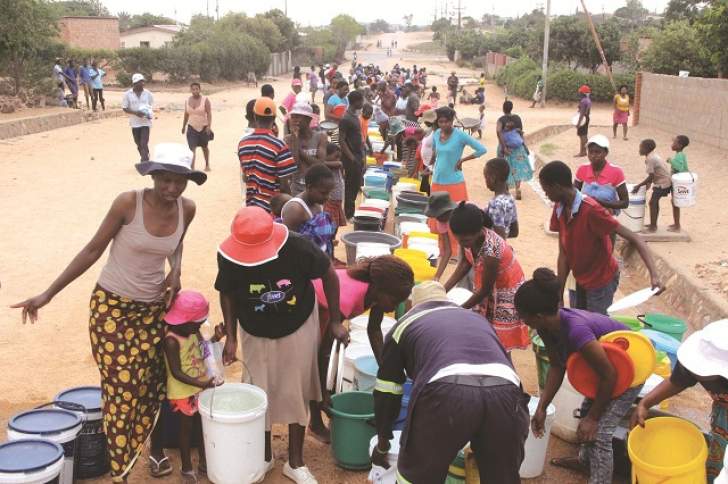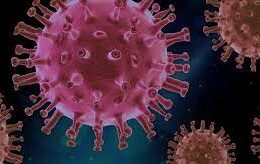The World Health Organisation (WHO) recently said the reduction in Covid-19 testing and sequencing by countries was hindering effective tracing of the pandemic at a time when global cases are on an upward trajectory.
What is genomic sequencing?
· It is a laboratory method that is used to determine the entire genetic makeup of a specific organism or cell type.
· This method can be used to find changes in areas of the genome. These changes may help scientists understand how specific diseases, such as cancer, form.
· Results of genomic sequencing may also be used to diagnose and treat disease.
· Genomic sequencing analyses the virus sample taken from a diagnosed patient and compares it with other cases.
· Prior to Covid-19, genomic sequencing has been to trace the source of outbreaks of food-borne bacteria and hospital infections.
Coronavirus testing and genomic sequencing
· After a Covid-19 test (which gathers saliva from the back of the throat and nose) returns a positive result, the swab used goes through several steps to separate the RNA molecules from mucus proteins so they can be captured, then converted into DNA that can be read.
· As a virus passes from human to human, it changes slightly.
· While the genome of one Covid-19 patient compared with the person they caught it from will appear almost identical, after the virus has been transmitted onto further people, differences between the strands of the virus they carry become more apparent.
· According to Rory Bowden, the head of the Centre for Genomics at the Walter and Eliza Hall Institute of Medical Research in Melbourne, Australia, that information allows scientists “to do detective work to understand patterns of spread of pathogens in populations”.
· In essence sequencing refers to analysing the virus sample taken from a diagnosed patient and comparing it with other cases.









